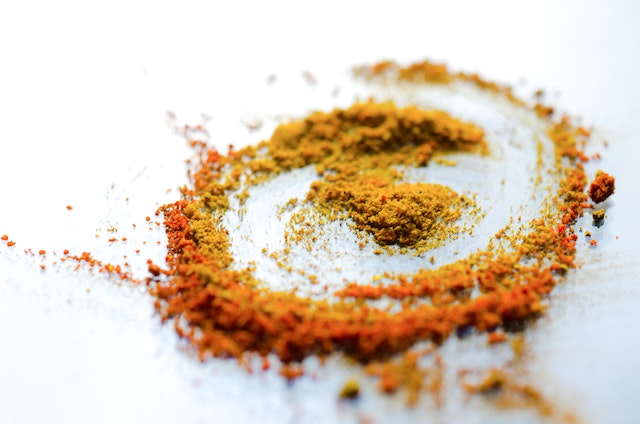High sodium in the blood
High sodium in the blood is a common blood electrolyte disorder. Where the percentage of sodium rises to more than 145 millimoles per liter, and it is worth noting that sodium is considered one of the dissolved substances that are impermeable through the cell membrane, which enables it to stimulate the movement of water across the cell membrane.
Causes of high sodium in the blood
Sodium levels rise in the blood for several reasons, including the following:
- Drought: Which occurs when the body does not get its need for water, or when a person has diabetes insipidus (in English: Diabetes Insipidus), a disorder that leads to urinating in large quantities, and dehydration may occur when suffering from thirst disorders, which reduce the body’s response to the feeling of thirst, These disorders usually result from mental deterioration (in English: dementia), or diseases of the hypothalamus gland.
- Fluid loss due to hypotension and hypovolemia: (In English: Hypotonic fluid loss), as fluid loss of this type occurs in cases of skin problems such as burns, and in cases of excessive sweating; Especially in athletes, or when problems occur in the digestive system, which includes diarrhea, vomiting, fistula, or in the event of urinary problems.
- Increased sodium levels, high blood pressure, and increased blood volume: (In English: Hypertonic sodium gain), and this occurs when suffering from some diseases that are transmitted through medical procedures; such as using a saline solution, or intravenous antibiotics containing sodium, or using a feeding tube, or in the case of dialysis, and this condition may occur when consuming excessive salt.
- Movement of water through cells: The movement of water through cells is a rare cause of high sodium in the blood, which is usually caused by strenuous exercise or epileptic seizures caused by electric shocks, which stimulates the transfer of water from the blood into the cells, thus increasing sodium levels outside the cells and in the blood.
Symptoms of high sodium in the blood
The severity of the symptoms of high sodium in the blood depends on the speed of development of the condition, as the symptoms may be acute or chronic, It is worth noting that some people do not show any symptoms of this problem, especially if their sodium concentration is gradually increasing, but some people may suffer from severe symptoms; Especially if their sodium rises suddenly, and we mention the following symptoms associated with high sodium in the blood:
- Symptoms appearing in children: Such as: increased breathing rate, lethargy, insomnia, entering a coma, severe crying bouts, and muscle weakness.
- Symptoms in adults: increased thirst, nausea and vomiting, insomnia or drowsiness, headache, dry eyes or mouth.
Diagnosis of high sodium in the blood
When diagnosing high sodium in the blood, the doctor asks the patient about the medications he is taking, and the symptoms that appear on him. He may also ask him about the amount of fluid intake, or if the patient has been suffering from an increase in urination in the recent period, then he conducts some laboratory tests to check for signs of dehydration. Here are some of the tests used to diagnose high sodium in the blood:
- Blood and urine test: This test is done to check the levels of sodium in the blood and urine, and the blood test helps to know the causes of high sodium in the blood.
- nerve test: A nerve test is performed to see how high sodium in the blood affects the brain, as the specialist examines the pupil’s response to light, and checks the patient’s memory, balance, and grip control.
Treating high sodium in the blood
High sodium in the blood may come on quickly; That is, within 24 hours, or it may develop at a slow speed, such as taking a period ranging from 24 to 48 hours, and all treatments depend on correcting the fluid and sodium balance in the body, as the treatment plan is determined based on the speed of development of high sodium in the blood, and treatment of cases is limited Light to increase the amount of fluid intake, but in severe cases; The patient is treated through intravenous fluids, during which the attending physician makes sure to monitor sodium levels to ensure improvement, and may adjust fluid concentration accordingly.
The maximum allowable limit for sodium
The following table shows the maximum allowable sodium intake per day for different age groups:
| Age group | Sodium (g) |
|---|---|
| Infants from birth to 12 months old | undefined |
| Children from 1 to 3 years old | 1.5 |
| Children from 4 to 8 years old | 1.9 |
| Children from 9 to 13 years old | 2.2 |
| Persons 14 years of age and over | 2.3 |
| pregnant | 2.3 |
| breastfeeding | 2.3 |
An overview of sodium and its benefits
Sodium is known as one of the body’s electrolytes (in English: Electrolytes), which are minerals that the body needs in relatively large quantities, and have an electric charge when dissolved in body fluids such as blood; As most of the sodium is concentrated in the blood and the fluids that surround the cells, and the body maintains constant levels of sodium through the kidneys controlling the amount excreted from it in the urine, and the balance of the amount of sodium in the body is affected by the difference between sodium consumption and its loss, so the concentration of sodium in the blood may be very low; This condition is known as low blood sodium (hyponatremia), or it may be very high and this condition is known as high sodium in the blood (in English: hyperatremia). It is worth noting that sodium is found naturally in some foods such as celery, beetroot, and milk, and it is sometimes added to foods during the manufacturing process. Sodium is important for maintaining the normal balance of body fluids, and it also plays a major role in nerve and muscle function.







0 Comments